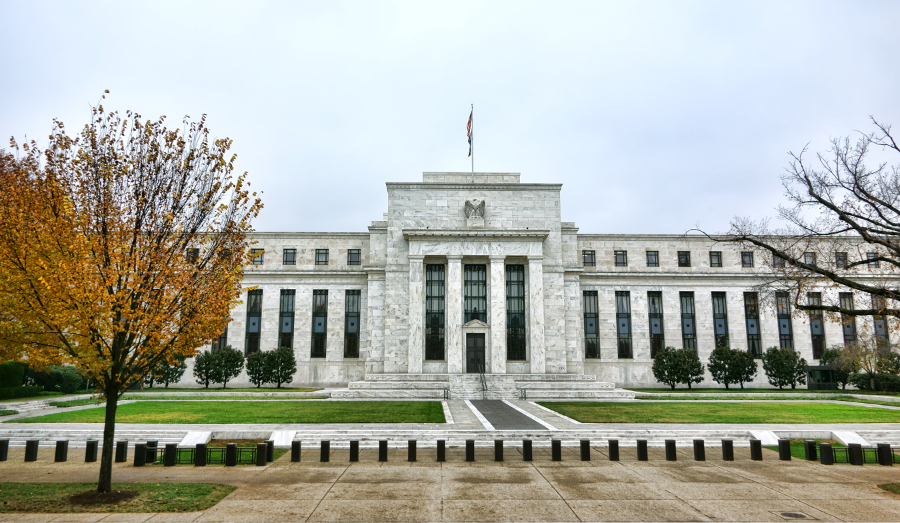One of the most disconcerting things about the reaction to the economic crisis surrounding the spread of coronavirus is just how involved the Federal Reserve has been in the process. The Fed has now exceeded the extent of its involvement from 2008, opening new facilities and engaging in the purchase of corporate bonds and even shares in exchange-traded funds (ETFs).
The Fed’s balance sheet has grown 22% in just the past two weeks, from $4.311 trillion on March 12 to $5.254 trillion on March 26. And since we know that the Fed had pledged to buy $125 billion per day in securities last week, that means that the Fed’s balance sheet will be at least $5.5 trillion on April 1. That’s a 28% increase in three weeks. Just how high will the Fed’s balance sheet grow?
With Congress’ $2 trillion fiscal stimulus bill needed to be paid for somehow, odds are the Fed will monetize that debt eventually. And with an additional $4 trillion in Fed liquidity coming as a result of the Trump administration’s proposals, a Federal Reserve balance sheet in excess of $10 trillion isn’t out of the question. That’s almost half of the United States’ total economic output. And even worse, the Fed has publicly stated that there’s really no limit to its power to create money out of thin air.
These are very worrying times for the US economy. Not only will economic output decline precipitously in the coming months, but we have a central bank that seems dead set on repeating the mistakes of Weimar Germany. The coming months will be very interesting times for Americans, with unprecedented monetary and fiscal stimulus. The Fed is more or less following the same path that Japan did in the 1990s, with little success. Money creation won’t solve the problems that our economy has, which were caused by too much easy money. As long as the Fed continues expanding its balance sheet, things will get worse, not better.
This article was originally posted on Red Tea News.





